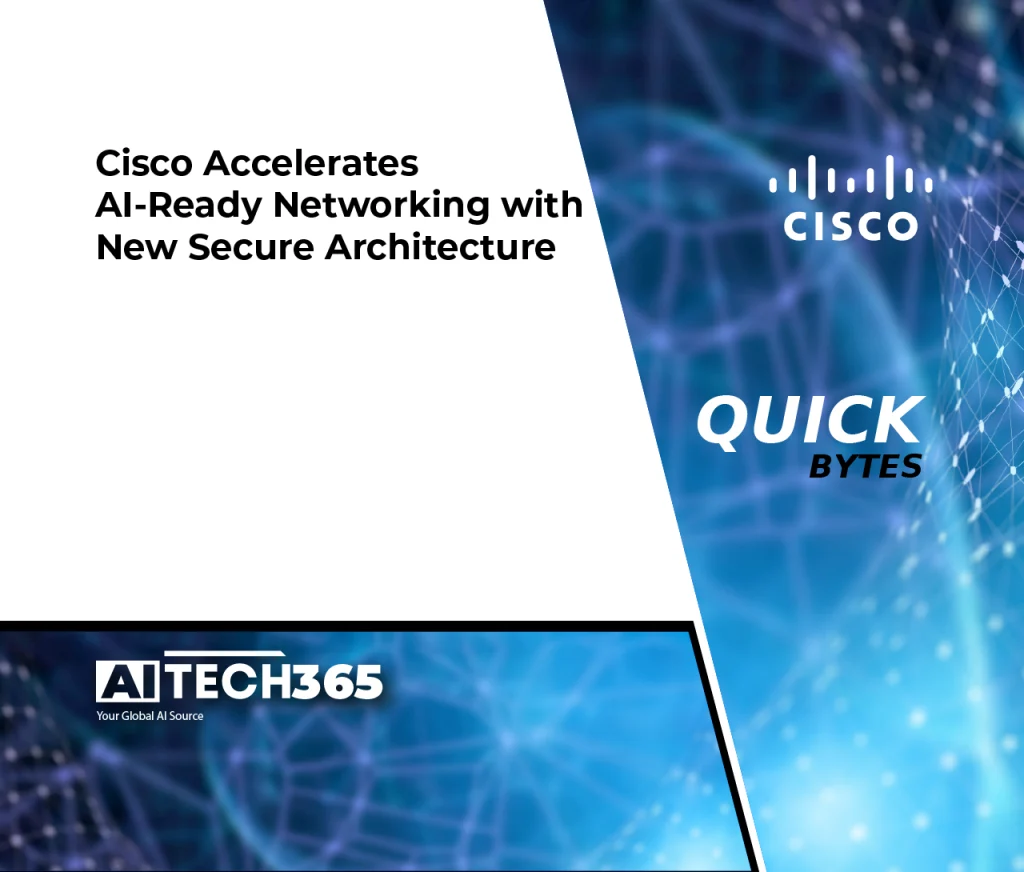Cisco Systems unveiled enhancements to its secure enterprise network architecture in response to the shift toward AI-driven workloads, especially at the campus and branch edge. The company highlighted new solutions such as cloud-managed fabrics and Cisco Unified Branch that simplify complex network configuration, enabling users to provision sophisticated, secure networks with just a few clicks. “The networks of the future not only need to power the massive compute and bandwidth demands of AI experiences that are surging into campus and branch networks, but also be easy to deploy and secure with powerful AI tools of their own,” said Jeetu Patel, President and Chief Product Officer at Cisco. The update emphasizes automation and enhanced security: with AgenticOps, the integration of Cisco’s Deep Network Model and AI-powered agents promises to reduce deployment time from months to minutes, and operational complexity through unified visibility and advanced workflow automation.
Also Read: HPE and NVIDIA Unveil Secure AI Factory to Accelerate Government & Enterprise AI Adoption
Additionally, Cisco detailed partner-enablement and device innovations designed to support distributed AI workloads and a broader, identity-driven security perimeter. Brian Wisler, VP of Modern Networks at Presidio, commented, “In partnership with Cisco, Presidio helps organizations meet the rising demands of security and AI by delivering secure, high-performance branch networks through Cisco’s Unified Branch. This fully managed, automated solution streamlines deployment, enabling new sites to go live in minutes, empowering customers to stay ahead of today’s AI-driven challenges and tomorrow’s opportunities.” New hardware such as the 8200/8400 Series Secure Routers and Wi-Fi 7 access points (CW9171I, CW9174) are slated for calendar-Q4 2025 availability, delivering high-performance routing, ultra-low latency and built-in firewall capabilities. The security enhancements extend from campus to cloud via identity-based access and segmentation, with offerings like Cisco Secure Access and Access Manager integrating into the Meraki Dashboard to provide a unified policy framework across SaaS, internet and private applications.

